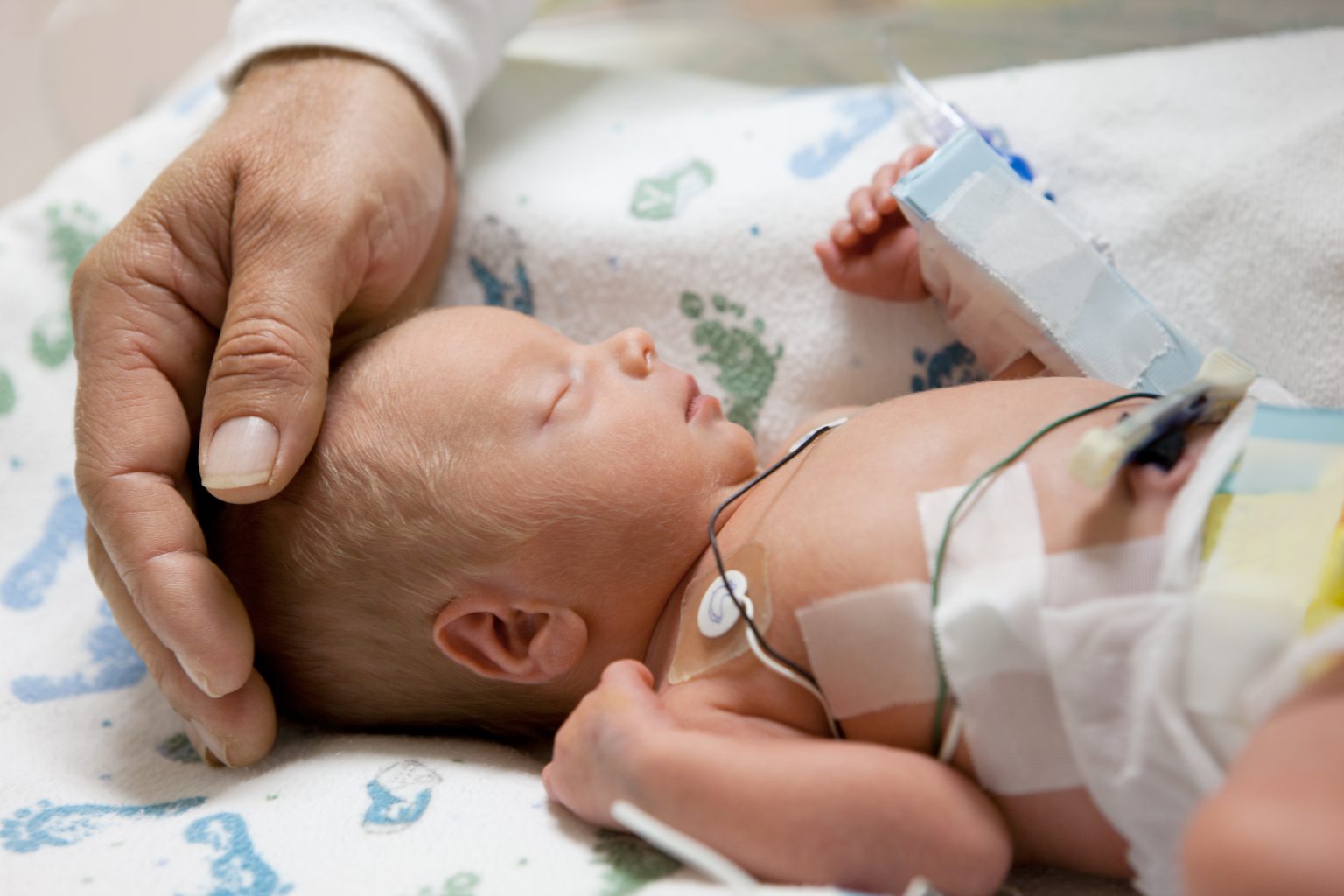
The most compelling evidence for the utility of continuous EEG monitoring exists for pediatric patients. While the indications for neonatal EEG can include assessment of age and maturity, measurement of responses to therapy, and as adjunct in neurological prognoses, the most common role of EEG monitoring of neonates is for surveillance and characterization of electrographic seizures – which may be unapparent clinically. A study published recently in Epilepsia found that seizures occurred in 28% of high-risk neonates, monitored by continuous EEG.
Electrographic seizures can be focal and self-limited or comprise neonatal status epilepticus. Seizures are common in acutely ill neonates with nervous system insults and delays in diagnosis can have long-term consequences on neurodevelopment. With permanent neurological disability a potential outcome, swift and accurate detection is paramount.
EEG Use in Neonatal SettingsEEG monitoring to detect subclinical seizures can be performed by conventional continuous EEG (cEEG) with video or amplitude-integrated EEG (aEEG). Often the lack of time, equipment, and trained technologists and specialists limit the availability of the former.
Multichannel video-EEG is and has been considered the gold standard in neonatal seizure detection, as this is the only definitive way to correlate any stereotyped clinical activity / behavior with electrographic seizures. With a full complement of electrodes compared to the limited montage available with aEEG, there are fewer missed seizures and better seizure characterization.
Seizures can be seen in neonates with suspected or demonstrated acute brain injury, neonatal epilepsy syndromes, or paroxysmal and stereotyped clinical events, all compelling indications for continuous EEG monitoring. Additionally, neonates paralyzed by administration of neuromuscular blocking agents may need EEG monitoring to identify clinically unapparent (occult, nonconvulsive) seizures.
It’s worth noting that following treatment with antiseizure medications, more than half of neonates demonstrate “electroclinical uncoupling.” Here, the clinical signs of seizure disappear, yet subclinical electrographic seizures persist. As a result, EEG monitoring can be used during treatment with antiseizure medication or following withdrawal of anti-seizure medication to detect seizures.
Application of EEG in Neonatal SettingsAn EEG background assessment requires at minimum one-hour of continuous recording, yet it’s generally understood that a one-hour EEG is not adequate to screen high-risk infants for seizures. Furthermore, when seizures are detected, it’s recommended that continuous EEG monitoring be used until the patient exhibits no seizures for a 24-hour period.
Synchronized video monitoring is highly recommended for successful cEEG. It’s helpful in assessing artifacts that mimic electrographic seizures. Such examples might include sucking on a pacifier or endotracheal tube, or physical therapy of the chest.
In the absence of time-locked video EEG, a “bedside” observer can document key clinical events on the digital record for the reading physician to correlate with electrographic changes suspicious for seizure.
Where cEEG ExcelsWhile aEEG has been used in many neonatal ICU departments, it’s suboptimal to cEEG.
A study in the Journal of Child Neurology comparing the diagnostic yield of aEEG interpreted at the bedside, aEEG interpreted by an expert, and cEEG determined that “bedside amplitude-integrated electroencephalogram (EEG) possesses low sensitivity and specificity for detecting seizures compared with conventional EEG and may be prone to error in seizure classification in neonates.”
The Journal of Child Neurology report further referred to conventional EEG as “the gold standard” for seizure detection in neonates but noted the aforementioned barriers.
Fortunately, EEG has seen remarkable advancements in real-time remote access in the last several years, which has helped eliminate the barriers to expertise preventing clinics and NICUs from establishing cEEG as standard practice.
CortiCare addresses the limitations with its real-time monitoring services and network of trained neurophysiologists who can remotely access the EEG to help NICUs implement the gold standard universally.